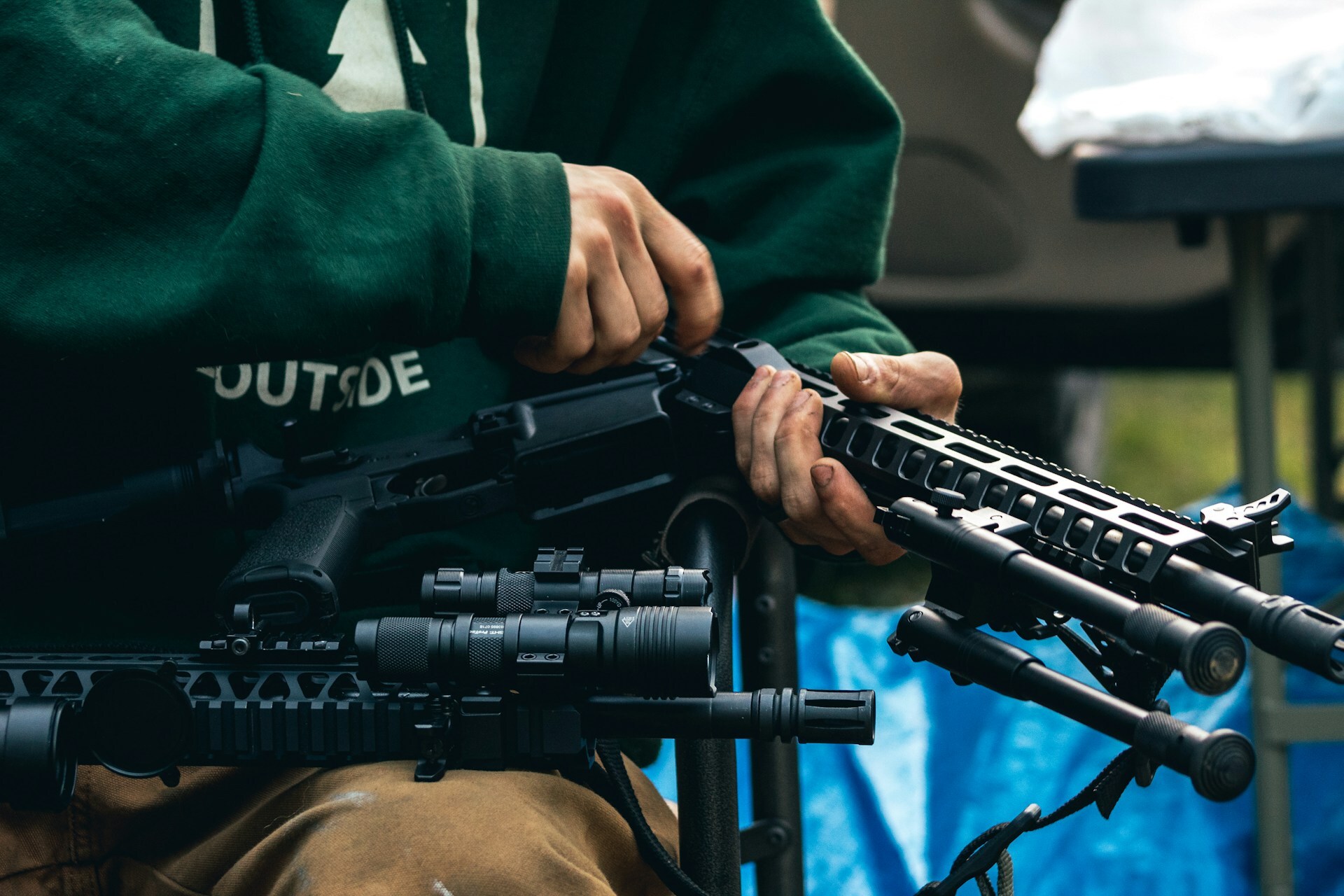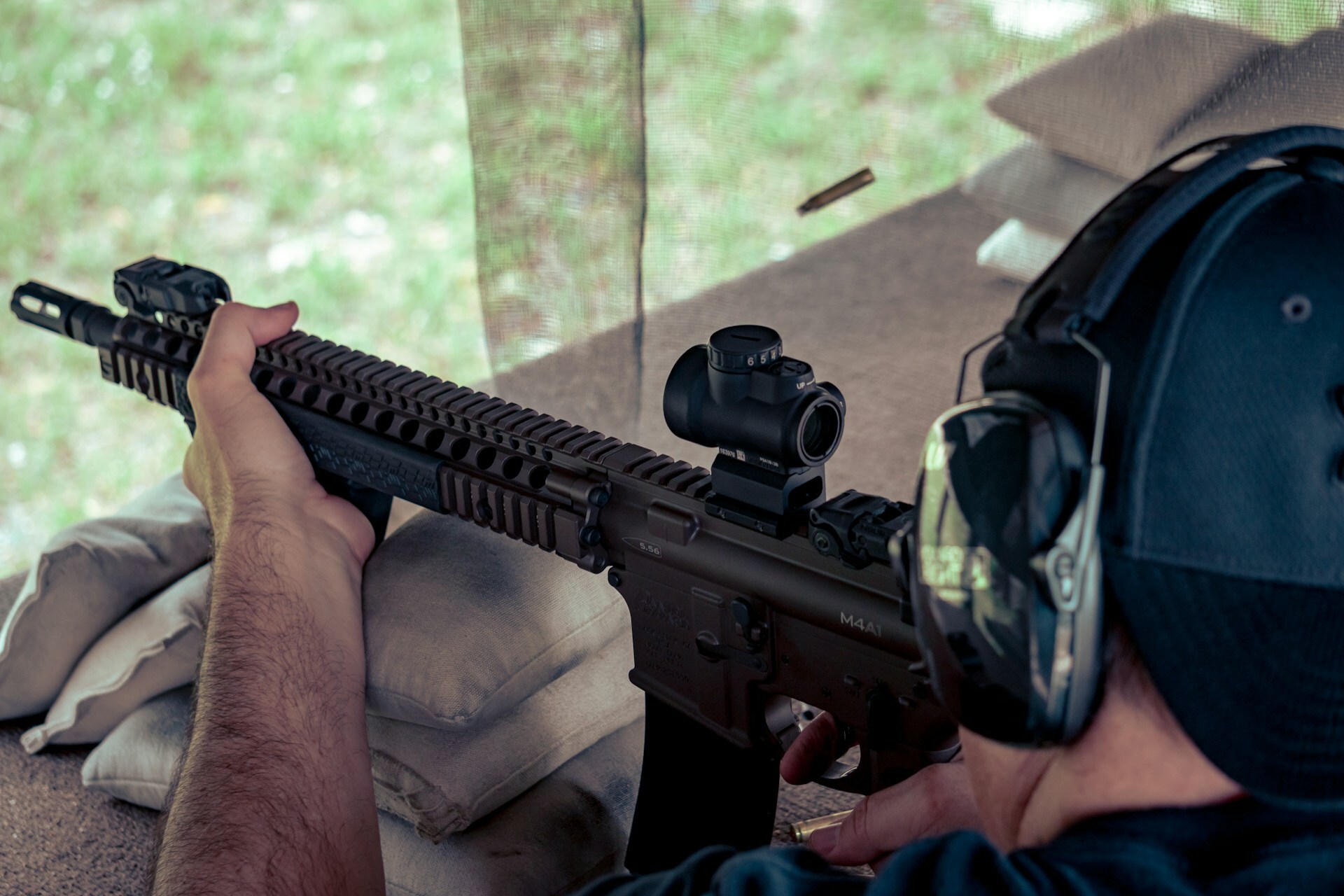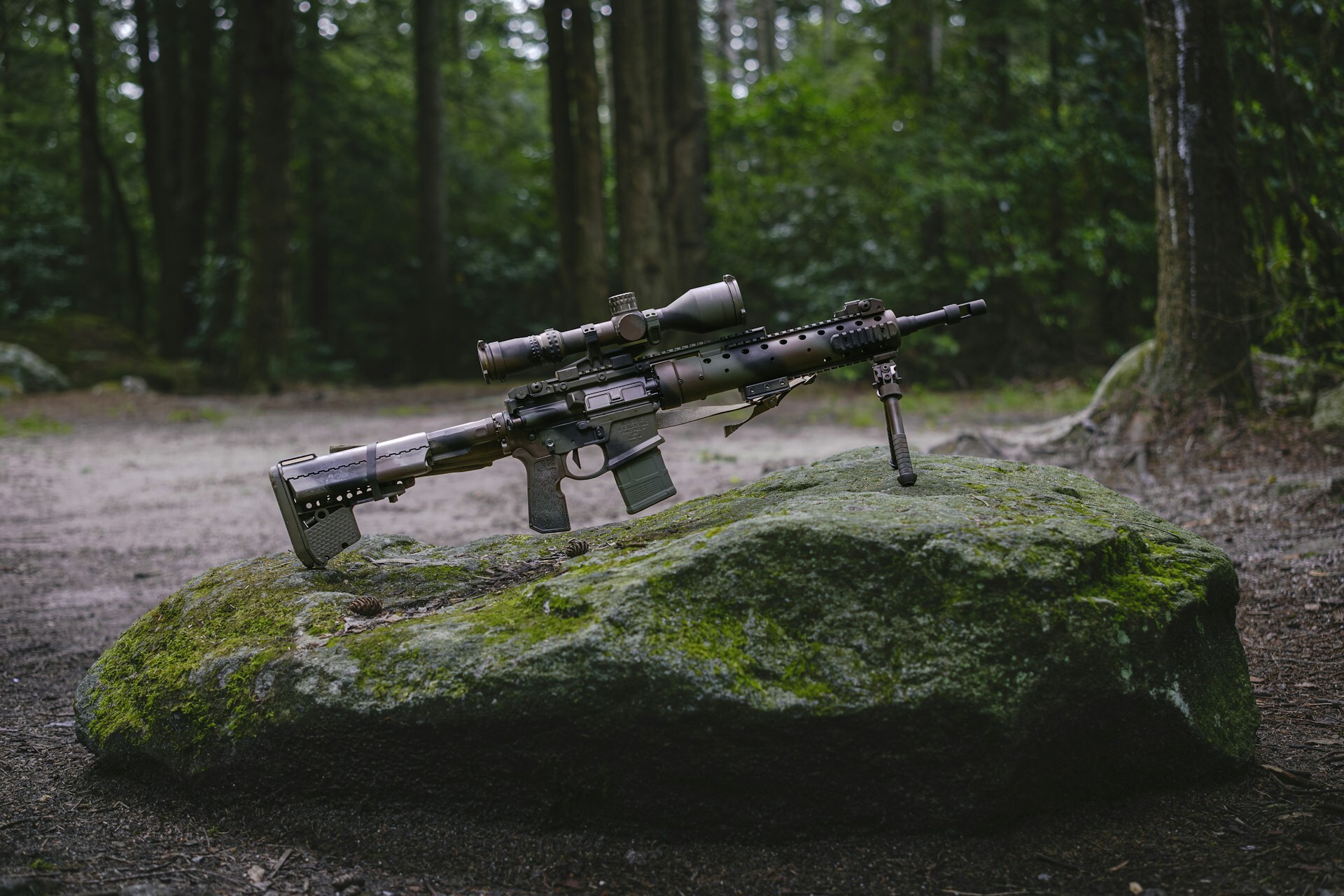
- No matter how hard you work to maintain a firearm, rifle malfunctions will still occur every so often.
- Failure to feed, fire, eject, and chamber are among the most common malfunctions that impact rifle owners, along with double feeds and bolt overrides.
- Learn how to fix a gun jam and deal with other rifle-related issues to ensure you understand which steps to take when you encounter malfunctions.
According to the CDC, over 27,000 unintentional firearm injuries and about 500 unintentional firearm deaths occur annually. Rifle malfunctions are to blame for at least some.
If you prioritize firearm maintenance, you might not have to worry about your rifle malfunctioning. However, even those who make maintaining their rifle a top priority are sometimes forced to address potentially dangerous malfunctions.
Knowing how to fix a gun jam and handle other malfunctions with a rifle is, therefore, critical. Discover how to fix some of the most common ones below.

Failure to Feed
What it is: When a rifle’s magazine fails to strip a cartridge correctly before loading it into the chamber
What can cause it: Damaged magazine, debris in feed ramp, error by rifle operator
How to fix it: Tapping, racking, and reassessing the rifle
This is one of the most common rifle malfunctions, and one that every rifle owner should understand how to fix. Otherwise, it could create even bigger complications with a rifle.
To remedy it, try tapping, racking, and reassessing a rifle. This involves taking the following steps:
- Tap on the bottom of a rifle’s magazine, making sure it’s seated properly.
- Rack a rifle’s charging handle to chamber a new round.
- Reassess a rifle to see if it’s capable of feeding cartridges into its chamber.
More often than not, this should resolve the issue and get your rifle back in working order. If it doesn’t work, you might need to check its feed ramp for debris.
Failure to Fire
What it is: When a rifle fails to fire after pulling its trigger
What can cause it: Faulty ammunition, defective firing pin, dirty bolt face
How to fix it: Tapping, racking, and reassessing the rifle or inspecting its ammo
This is another one of the more common rifle malfunctions, and it’s also one that can typically be fixed by using the tap, rack, and reassess method. Tapping your rifle’s magazine and racking its action can quickly solve this problem.
If this doesn’t work, inspect the ammunition in your rifle and consider replacing it with fresh rounds. You should also evaluate your firearm’s firing pin to see if it needs to be cleaned or replaced.
Failure to Eject
What it is: When a used cartridge gets stuck in a rifle’s ejection port
What can cause it: Defective extractor claw, damaged extractor spring, faulty chamber
How to fix it: Tapping, racking, and reassessing the rifle
Tapping, racking, and reassessing a firearm isn’t the surefire solution for all rifle malfunctions, but it is, once again, an excellent option for those with used cartridges that won’t eject. Oftentimes, tapping the rifle’s magazine and racking its charging handle will clear a spent casing.
When using this method, tilt your rifle's upper receiver so its ejection port is facing down, and exert extra effort when racking the charging handle.

Failure to Chamber
What it is: When a round is pulled from a rifle’s magazine but doesn’t enter its chamber
What can cause it: Broken buffer spring, carbon fouling in the chamber
How to fix it: Replace the buffer spring or clean the chamber
If rounds in your rifle aren’t chambering, attempt to fix this issue by inspecting your buffer spring and cleaning it. If this doesn’t clear the problem, consider replacing your buffer spring.
You should also look into cleaning your chamber while paying close attention to the feed ramp, gas tube, and locking lugs. Rifle malfunctions can occur near these parts and prevent rounds from chambering.
Double Feed
What it is: When two rounds enter a rifle’s chamber at the same time
What can cause it: A Faulty magazine, a weak magazine spring, or an error by the rifle operator
How to fix it: Remove and replace the magazine
If two rounds enter your rifle’s chamber at once, you will need to know how to fix a gun jam. Fortunately, you can correct this issue quickly as long as you understand how to react. Follow these steps:
- Remove your rifle’s magazine.
- Pull back your charging handle to clear jammed rounds.
- Insert a new magazine.
Bolt Override
What it is: When a round gets stuck between a rifle’s bolt carrier group and charging handle
What can cause it: Short-cycling, damaged magazine or weakened magazine springs, gas system issues
How to fix it: Tinkering with the bolt and charging handle
Of all the rifle malfunctions, a bolt override is one of the most complicated. This problem occurs when a rifle’s bolt fails to extract a new round from its magazine, resulting in the bolt riding over a cartridge rather than chambering it. It results in the bolt and charging handle being in the forward position, while the new round that the bolt was supposed to chamber is stuck in its action.
Fixing this malfunction involves pulling the bolt and charging handle back while working to remove a jammed round.

How to Prevent Rifle Malfunctions
Avoid rifle malfunctions by using these helpful tips:
- Clean and lubricate your rifle parts and accessories regularly.
- Inspect its parts and replace those with excessive wear and tear.
- Utilize high-quality ammunition and magazines.
- Use correct grips and stances while handling your rifle.
- Recognize how to fix a gun jam at the first sign of trouble.
- Follow basic firearm safety rules.
Let Us Help You Maintain Your Rifle
Routine maintenance is the most effective way to stop rifle malfunctions. Wing Tactical can provide the gun parts and accessories you need to keep your rifle in fantastic shape. Shop for them now, and contact us if you have questions.